Black History, Slavery
Rhode Island was the first state to abolish slavery in 1774.
Followed by:
- Vermont in 1777
- Pennsylvania in 1780
- Massachusetts in 1781
- New Hampshire in 1783
- Connecticut in 1784
- New York in 1799
- New Jersey in 1804
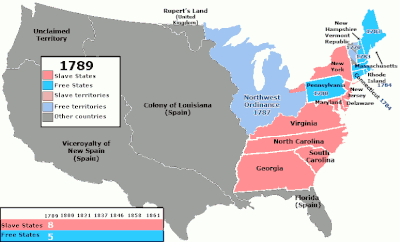
These new states never allowed slavery within their borders:
- Maine
- Michigan
- Wisconsin
- Ohio
- Indiana
- Kansas
- Oregon
- California
- Illinois
Abolition, Black History, Slavery
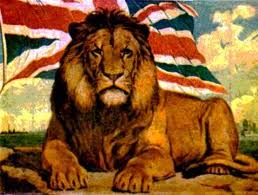 The struggle for the emancipation of slaves throughout the British Empire was known as the abolitionist movement. Protests against slavery date back to the 18th century, in which Enlightenment thinkers and religious groups like the Quakers highlighted the inhumane nature of the slave trade.
The struggle for the emancipation of slaves throughout the British Empire was known as the abolitionist movement. Protests against slavery date back to the 18th century, in which Enlightenment thinkers and religious groups like the Quakers highlighted the inhumane nature of the slave trade.
In Britain, the cause of the abolitionist movement was taken up by William Wilberforce, who started the Committee for the Abolition of the Slave Trade in 1787. Although Wilberforce succeeded in having the buying and selling of slaves abolished throughout the British Empire in 1807, there was no prohibitation against the ownership of slaves already purchased before this time.
It was only by 1833, with the passing of the Slavery Abolition Act, that the purchase, sale and ownership of slaves became illegal throughout the British Empire. On 1 August 1834, the practice of slavery in its entirety was abolished, and was replaced by the four year apprenticeship of slaves. This was to enable slave owners to retain their workforce and for slaves to learn a trade
Although the Cape was a British colony in 1834, the emancipation of slaves in South Africa had been delayed until 1 December 1834. The abolition of slavery has often been listed as one of the reasons for the Great Trek.
In many Caribbean countries, which formed part of the British Empire, 1 August is called Emancipation Day and is celebrated as a public holiday.
Black History, Slavery
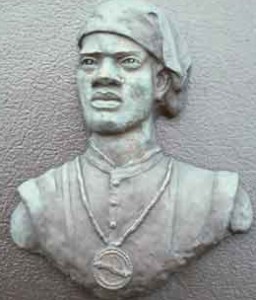
Matthias de Sousa
In 1634 Matthias de Sousa and John Price were picked up on the island of Barbados by two small ships that were sailing towards the Chesapeake Bay. Neither of the men had any money to pay for their voyage, so they agreed to work for up to seven years in order to repay the debt. Once their term of service was over, they were both to be declared freemen. Not much is known about the life of John Price after the seven years of service, but there is some documented records concerning Matthias de Sousa.
Matthias de Sousa was a passenger on the Dove when it landed on St. Clemens Island on March 25, 1634. “He was an aide to Father White, the Jesuit priest who came with the founding company of the state of Maryland.” (more…)
Black History, Politics, Slavery
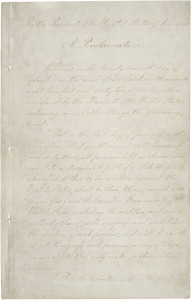
Emancipation Proclamation
President Abraham Lincoln issued the Emancipation Proclamation on January 1, 1863, as the nation approached its third year of bloody civil war. The proclamation declared “that all persons held as slaves” within the rebellious states “are, and henceforward shall be free.”
Despite this expansive wording, the Emancipation Proclamation was limited in many ways. It applied only to states that had seceded from the Union, leaving slavery untouched in the loyal border states. It also expressly exempted parts of the Confederacy that had already come under Northern control. Most important, the freedom it promised depended upon Union military victory.
Although the Emancipation Proclamation did not end slavery in the nation, it captured the hearts and imagination of millions of Americans and fundamentally transformed the character of the war. After January 1, 1863, every advance of federal troops expanded the domain of freedom. Moreover, the Proclamation announced the acceptance of black men into the Union Army and Navy, enabling the liberated to become liberators. By the end of the war, almost 200,000 black soldiers and sailors had fought for the Union and freedom. (more…)
Black History, Slavery
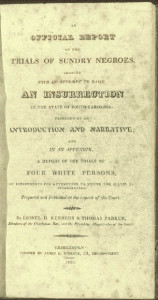 The Vesey Revolt was led by Denmark Vesey (1767-1822) and to a lesser extent, by his accomplice, Peter Poyas (Higginson, 229). Vesey was a literate and very intelligent black man who had purchased his freedom in January of 1800; he was the only free black to take part in the revolt. The revolt was planned to occur on an unknown date in May of 1822 near Charleston, South Carolina (Sylvester, bio 231).
The Vesey Revolt was led by Denmark Vesey (1767-1822) and to a lesser extent, by his accomplice, Peter Poyas (Higginson, 229). Vesey was a literate and very intelligent black man who had purchased his freedom in January of 1800; he was the only free black to take part in the revolt. The revolt was planned to occur on an unknown date in May of 1822 near Charleston, South Carolina (Sylvester, bio 231).
Vesey’s views and ambitions were spurred by his work with the African Methodist Episcopal (AME) Church, the only independent black church in Charleston at the time. Within the church, Vesey gave sermons and led lessons. As a literate man, he was looked upon as a teacher. (more…)
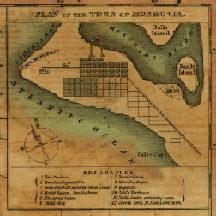
Black History, Slavery

Monrovia
Freed American slaves established country of Liberia, on the west coast of Africa, 1824. After the struggle for liberty in the American Revolution, free and enslaved African Americans faced continued hardship and inequality. A number of white Americans, for a variety of reasons, joined them in their efforts to resolve this complex problem.
One possible solution (advocated at a time when the assimilation of free blacks into American society seemed out of the question) was the complete separation of white and black Americans. Some voices called for the return of African Americans to the land of their forebears. (more…)

 The struggle for the emancipation of slaves throughout the British Empire was known as the abolitionist movement. Protests against slavery date back to the 18th century, in which Enlightenment thinkers and religious groups like the Quakers highlighted the inhumane nature of the slave trade.
The struggle for the emancipation of slaves throughout the British Empire was known as the abolitionist movement. Protests against slavery date back to the 18th century, in which Enlightenment thinkers and religious groups like the Quakers highlighted the inhumane nature of the slave trade.


